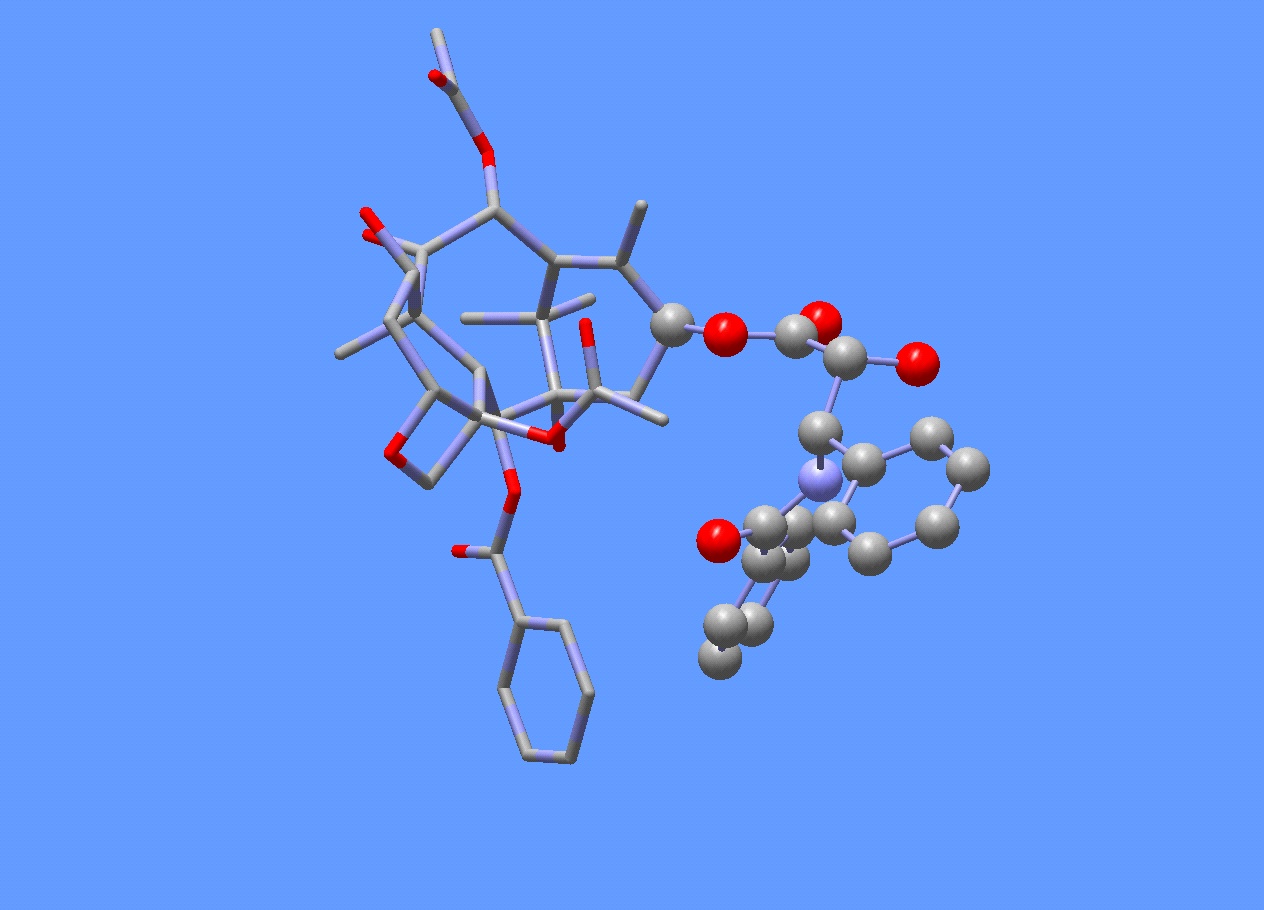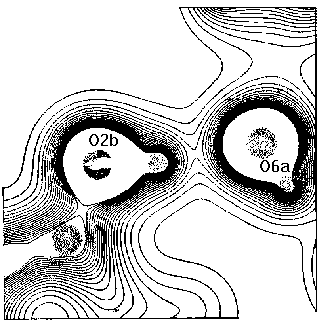
 |
Raman spectroscopy can often help to overcome the well-known limitations of XRPD alone by providing additional information on samples containing light elements and/or disordered moieties and/or amorphous phases. Therefore we designed and carried out a combined Raman-XRPD in situ experiment to exploit the complementarities of the two techniques in investigating the kinetics of a transformation occurring in the solid state at non-ambient conditions. The experimental setup was tested on a simple solid-state to solid-state transformation, consisting in a phase transition 330K to the octakis(isobutyl)octasilsesquioxane. The crystal structure of the RT phase was solved by single crystal X-Ray diffraction, whereas the high temperature (HT) phase was only recently discovered by some of us. Monitoring the reaction simultaneously using the Raman technique and XRPD allowed a full structural characterization of the HT phase and in particular: i) to understand that the phase transition was strongly correlated to the features of the isobutyl moieties ii) to monitor the possible radiation and/or heating-induced damage. |
| In the last year of my Ph.D. course (2000), the structural study was also addressed to zeolitic materials, a wide class of compound of rising importance in catalysis, green chemistry, petrol chemistry and many other fields. In particular, heteroatom and extra framework species location, distribution, thermal stability and structure in MFI, MCM-22 and SAPO-34 zeolites were investigated by single crystal and powder X-ray diffraction. The main important results were published on the Journal of Physical Chemistry and on the Journal of the American Chemical Society (click here for more details). |
|
|
|
Many crystal structures interesting for Material science were solved by single crystal X-ray diffraction: inorganic-organic and fully organic molecular complexes, organometallic complexes were studied. The interaction between molecules in molecular crystals and co-crystals and the possibility of driving their synthesis (i.e. crystal engineering) was investigated. Part of the work was presented at the Electronic Computational Chemistry Conference in the ECCCx conferences, and the presentation is available clicking here. |
| The study low order materials have been recently started, employing the small angle scattering techniques, with the use of synchrotron radiation. Compounds of natural (siliceous spicules from marine sponges) and synthetic (bioglasses) origin have been investigated and the first results were published on the Biophisical Journal. The interaction between the protein material and silica in the spicules depicted in the TEM image here reported were studied (click here for more details). |
|
 |
Many compounds of biopharmacological interest have been structurally characterized, employing the above mentioned experimental and theoretical techniques. The first investigated compound was Taxol (see figure) an anti tumor compound widely used to treat ovarian and breast cancer. In particular our work gave some indications on the conformation of taxol apt to interact with the receptor in the human body and was published on the Journal of Medicinal chemistry (click here for more details). A similar approach was employed to explore another very interesting problem, the squalene poly-cyclization, an important step in the process of cholesterol production. Our work demonstrate that the crucial step (the anti-Markovnikov ring closure of C-ring) may happens also in the absence of the enzyme Oxido Squalenecyclase and was published on Angewandte Chemie, International Edition (click here for more details). |
| A careful analysis of electron densityof
vitamin C and of 2-furyliden- and benzylidenoxindoles (2H-indol-2-ones),
were
performed exploiting low temperature X-ray diffraction techniques. In this
way, also with the help of the periodic ab initio quantum mechanical
CRYSTAL
code, the structure, crystal packing, hydrogen bond features and reticular
energy were carefully investigated (click here
for more details).
An electron density study on the Vitamin C structure have been carried out and the result were also published on line at the address: http://www1.elsevier.com/homepage/saa/eccc3/paper23/frame.html |

Experimental electron density map of the shortest hydrogen bond in Vitamin C crystal structure |
Click here for a short CV and a selected list of my publications